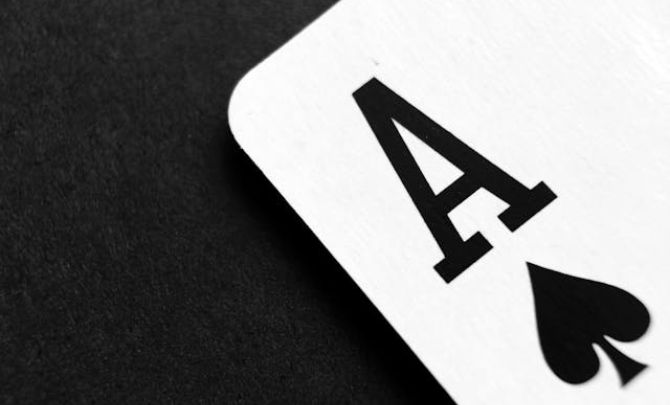Online poker in 2025 runs on analytics, sharp study, and data from every corner. You might think the toughest choices show up when you’re holding a bad hand. But that’s not the case for most who take the game seriously.
When Strong Doesn’t Mean Easy
Some of the trickiest spots come from hands that look great on paper but get tangled in action. You can flop top pair with ace-king, turn trips with pocket nines, or hold an overpair and still face huge pressure from a big river bet against a tight opponent. These hands build pots fast. Decisions aren’t simple when a bet forces you to choose between a costly call or a heroic fold.
A poker hand rankings chart tells you where aces stand compared to sevens. But in-game value is fluid. A flush draw, trips, or even two pair can put players in rough spots based on board layout, betting sequences, and what opponents might have. That’s why the bad hands rarely make you sweat the most.
More Data, Tighter Margins
Poker players stack tools and hand histories higher than chips. Metrics like VPIP, PFR, and aggression levels measure how often players enter pots, how much they push before the flop, and how often they turn up the heat. These numbers aren’t for show. They help spot habits, weigh risk, and avoid losing value or overcommitting.
Games at mid-stakes now offer thinner profit. Even very solid players can get squeezed by small errors. Gone are the days when someone could clean up with high double-digit win rates just by playing tight or aggressive.
GTO and Advanced Study
GTO tools are the new coaches. Players pore over solver outputs and review spots where hands must be played close to optimal. This level of discipline means even average hands get treated well. However, real problems show up when the hand is actually strong.
Aces or kings feel powerful preflop. Yet the road gets tough as the board runs out and you face opponents who don’t miss much. That’s where decisions slow down.
Where the Real Decisions Happen
Game selection now acts as a filter for tough choices. You play in tougher pools, your edge shrinks, and the burden lands on big pots with bigger hands. Smart players ask themselves if they can get better value elsewhere, or will this pool force me into lines where one wrong move ends my session?
Tracking software piles on even more information. Stats and trends for every opponent at the table contribute to the context around each spot. Making a tough fold or call is about using every read and stat you have.
Exploiting Weaknesses vs. Theoretical Play
High-level players still hunt for leaks. There are spots where pressure or odd lines from less studied players mean strong hands can lose or win whole stacks. Professionals recommend using your study time to fine-tune exploitative plays grounded in theory. Most decisions are easy with weak hands. You fold and move on. But one missed signal with a strong hand can cost everything.
AI systems handle data fast. However, poker still rewards the human touch in areas like bluff catching, bet sizing, and hand reading. Pattern recognition, tilt detection, and adjusting to table mood are things a machine still can’t master as well as a focused player.
Bad hands are simple. You fold, no sweat. Strong hands? They keep you up at night. Advanced study, deeper data pools, and the race for thin value put all the pressure on the board when your hand should be best. Poker in 2025 asks for discipline, precision, and a willingness to make the hardest calls where it matters.
